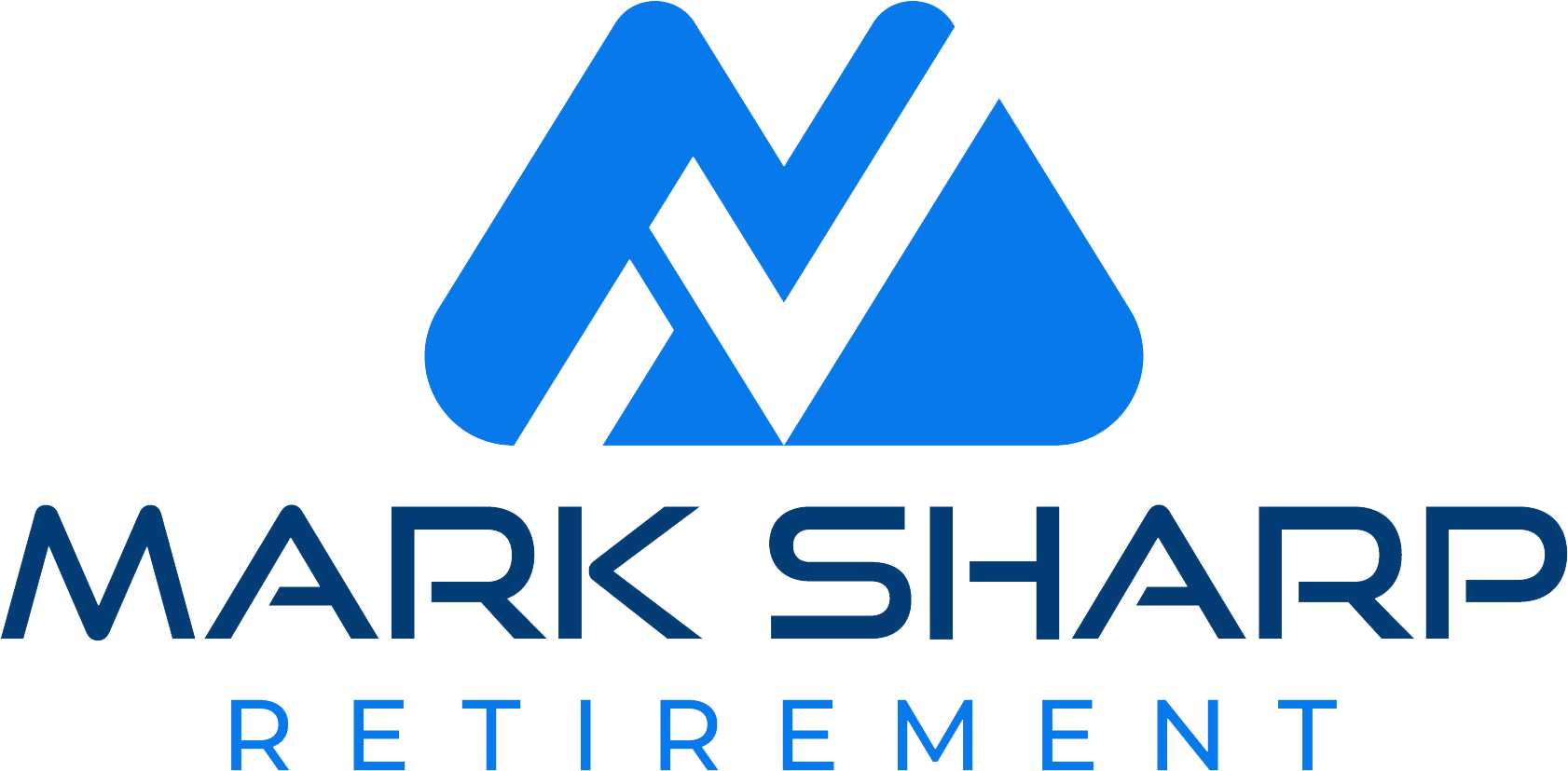
3-2-1 Retirement Newsletter (12-5-2019)
3 insights, 2 findings, 1 action (December 5, 2019)
5-minute read
Happy Thursday!
I hope your week has been going well so far. I'm also feeling particularly grateful to have you reading. Thank you for sharing some of your precious time with me each week.
I hope you enjoy these three insights, two findings, and one action for the week...
3 INSIGHTS FROM ME
I. Plan like a mountain climber
The skill set required to get down a mountain is not the same needed to reach the summit. Likewise, in retirement, the real objective is to safely and smoothly make it down the mountain, spending assets in a sustainable manner for as long as you live. You've reached the summit, but you don't have the plan to make it back down.
II. What's your retirement income style
There are two retirement income styles, probability-based and safety-first. The former relies on investment products to meet income needs while the latter uses pensions, bond ladders, and insurance solutions to produce reliable income. One style isn't superior to the other. And the optimal style for you is the one you're comfortable with and can stick with.
III. Think INCOME, not assets
Saving enough to support a desired retirement is a worthy goal. But a pile of money by itself doesn't ensure a desired retirement. What you have accumulated is secondary to the income sources and how you will use them to meet goals and manage risks sustainably through retirement.
2 FINDINGS FROM OTHERS
I. People don't know quite as much as they think they know about retirement.
According to the latest Retirement Income Literacy Survey, there is a disconnect between what retirees and pre-retirees need to know and what they think they know about retirement.
Particular Areas of Concern
- Respondents have low knowledge about preserving assets and sustaining income in retirement.
- Only 34% know a substantial negative investment return at retirement age has a much bigger impact on portfolio sustainability than the same substantial negative return some years before or after retirement.
- Respondents lack knowledge of the best strategy to improve retirement security as retirement approaches.
- Only 33% understand it is more effective to work two years longer or defer Social Security for two years than to increase contributions by 3% for five years just before retirement.
- Respondents display a significant lack of knowledge when it comes to understanding investments.
- Just 1 in 3 understand that the value of bonds and bond funds falls as interest rates rise.
Sometimes, what you don't know won't hurt you. That's not the case with retirement planning because one seemingly minor mistake could cause long-term damage.
Measure your retirement literacy by taking the quiz to identify blind spots before they cause damage.
Source: 2017 RICP® Retirement Income Literacy Survey
II. Three reasons baby boomers are behind on retirement savings.
- Not saving enough: You can’t know how much you need to save unless you figure out how much you’ll need to spend. Estimate and then save.
- Not knowing what you need to know: Working with a fee-only, certified financial planner can ensure you can pay your living costs once work stops.
- Careers and health on the decline: Ensure your retirement addresses the risks of employment instability and health care.
Source: 3 Reasons Baby Boomers Are Behind on Retirement Savings
1 ACTION FOR YOU
I. One task you must complete to successfully transition into retirement.
Well-established research indicates 15 developmental tasks must be completed while still working to transition into retirement. This week, we’ll look at one of these tasks for our action item.
The completion of these tasks does not suggest a person should retire. However, failing to complete the tasks will put a successful transition into retirement at risk.
Task: You must decide whether to fully retire or to work part-time in retirement.
Additional work can...
Protect savings as continued income decreases the need to spend down assets.
Shorten the retirement period as less income is needed to support retirement.
Increase savings because continued work leads to continued savings.
Delay Social Security and increase benefits.
Delay Defined-benefit plan payments and increase benefits.
Lower health care costs between retirement and Medicare eligibility.
WHAT'S NEXT?
Have a Question? Want to have a Consultation?
